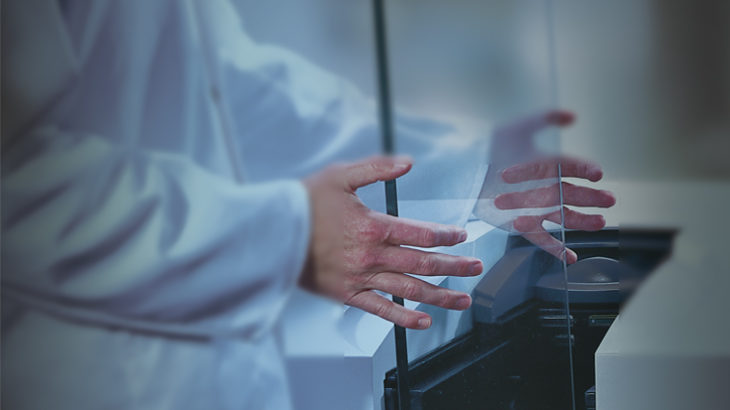Spotlight On: UV-Vis Spectrometer

Each month we post a new edition to the SES ‘Spotlight On…’ series, showcasing equipment at our institutions, providing information and case studies for interested researchers/industries, and promoting better use of already available equipment.
A unique set up, this UV Vis accessory at The University of Oxford is used to carry out diffuse reflective UV-Vis measurement of powder samples. The accessory is fitted with a cell that can be used under vacuum or with hydrogen, inert or other non-corrosive gases and is temperature controlled from -150 to +500 °C. The instrument can be used in fixed wavelength or wavelength scanning modes (Wavelength range 175-900 nm) as well as for monitoring reaction kinetics.
Name of Equipment
Agilent Cary 4000 UV Vis Spectrometer fitted with Pike Veemac Diffuse IR accessory
Any SLAs or standards (eg ISO, ..) associated with the facility:
n/a
Do you have to visit onsite?
No
Do you give preference to a particular type of researcher? E.g. Based on institution, field of research.
No
Current Research:
The equipment was originally purchased as a means to monitor the formation and degradation of potentially unstable complexes during complex chemical reactions. However the applications of diffuse reflectance UV-Vis spectroscopy are extremely wide ranging spanning the materials and optics, pharmaceutical, catalysis and bioscience sectors.
A collection of recent publications can be found here.
Where is it located?
Surface Analysis Facility, Department of Chemistry, University of Oxford
Who has access?
The instrument is open to other universities and industry and can be accessed via paid services or mutual project development/collaboration.
Who is entitled to use it?
Anybody, as long as the proposed experiment will not damage the instrument
Are there any costs or associated fees?
Approximately £500 per day to use the cell and instrument.
Can it be bought as a service with access to a team of experts?
Yes
Potential relevant disciplines:
Materials and optics, pharmaceuticals, biological, chemical reaction monitoring, catalysis
How to apply:
Applications should be made to the Surface Analysis Facility (saf@chem.ox.ac.uk)
Links:
Contact:

Dr Robert Jacobs
Facility Manager, Surface Analysis Facility, Department of Chemistry, University of Oxford

